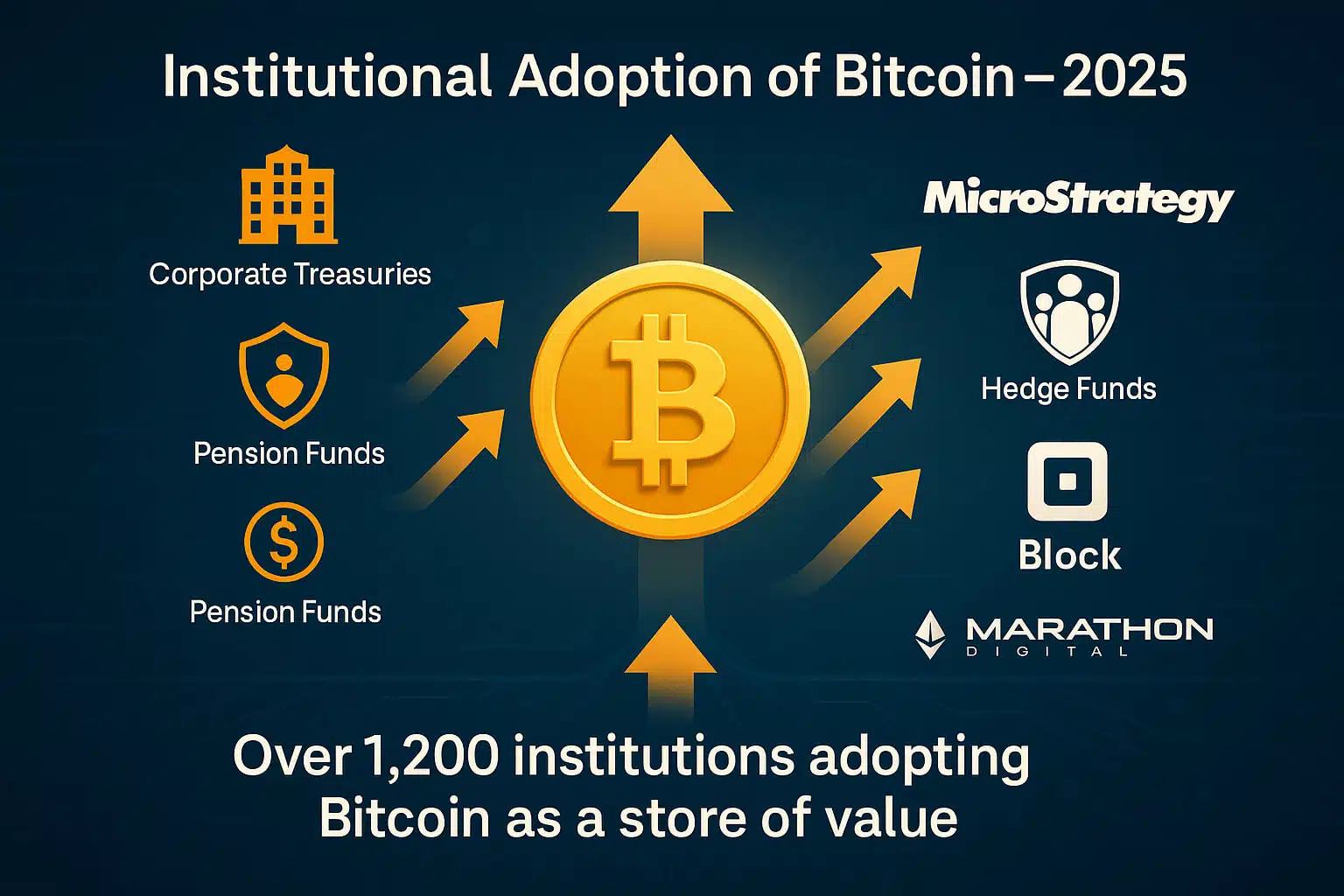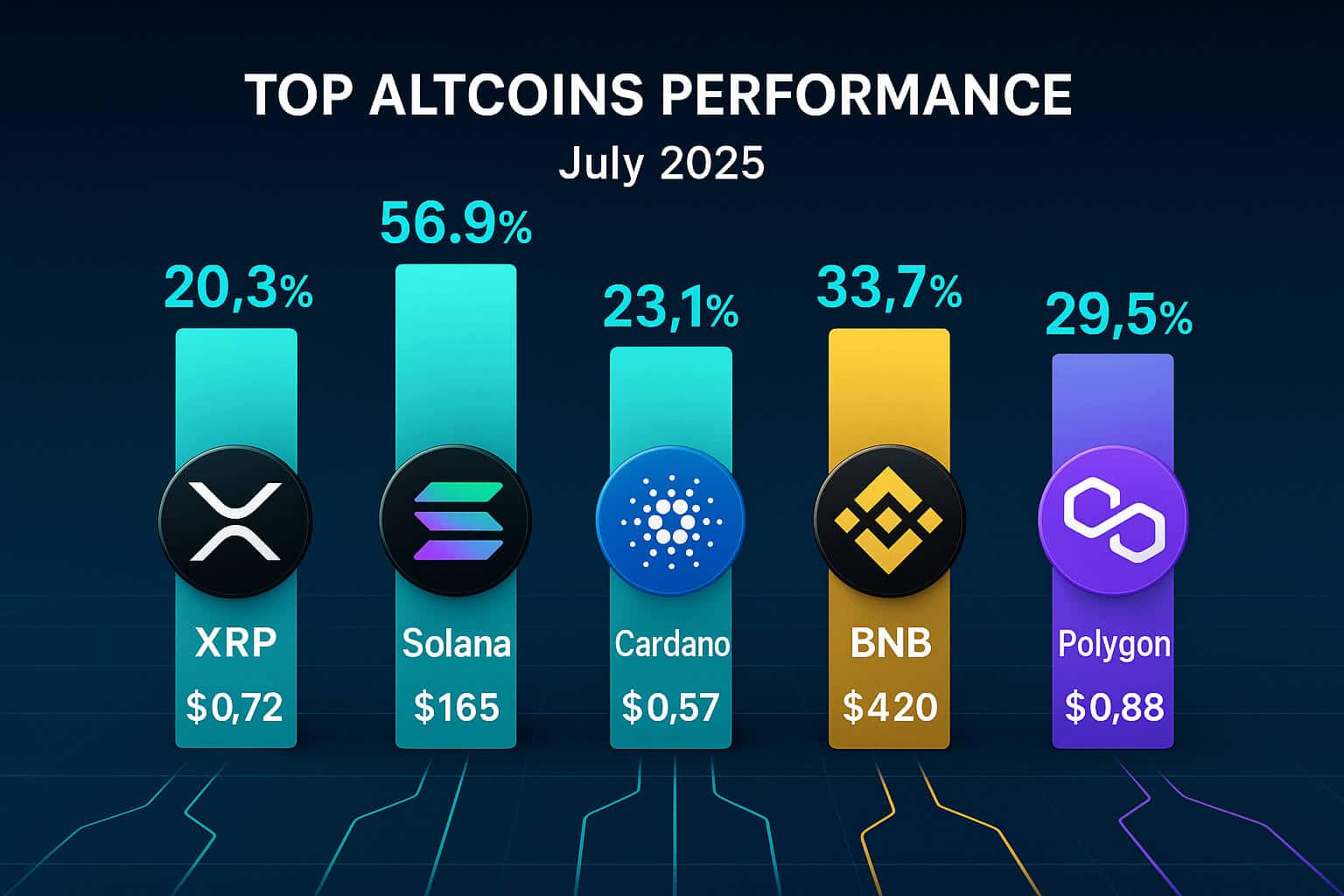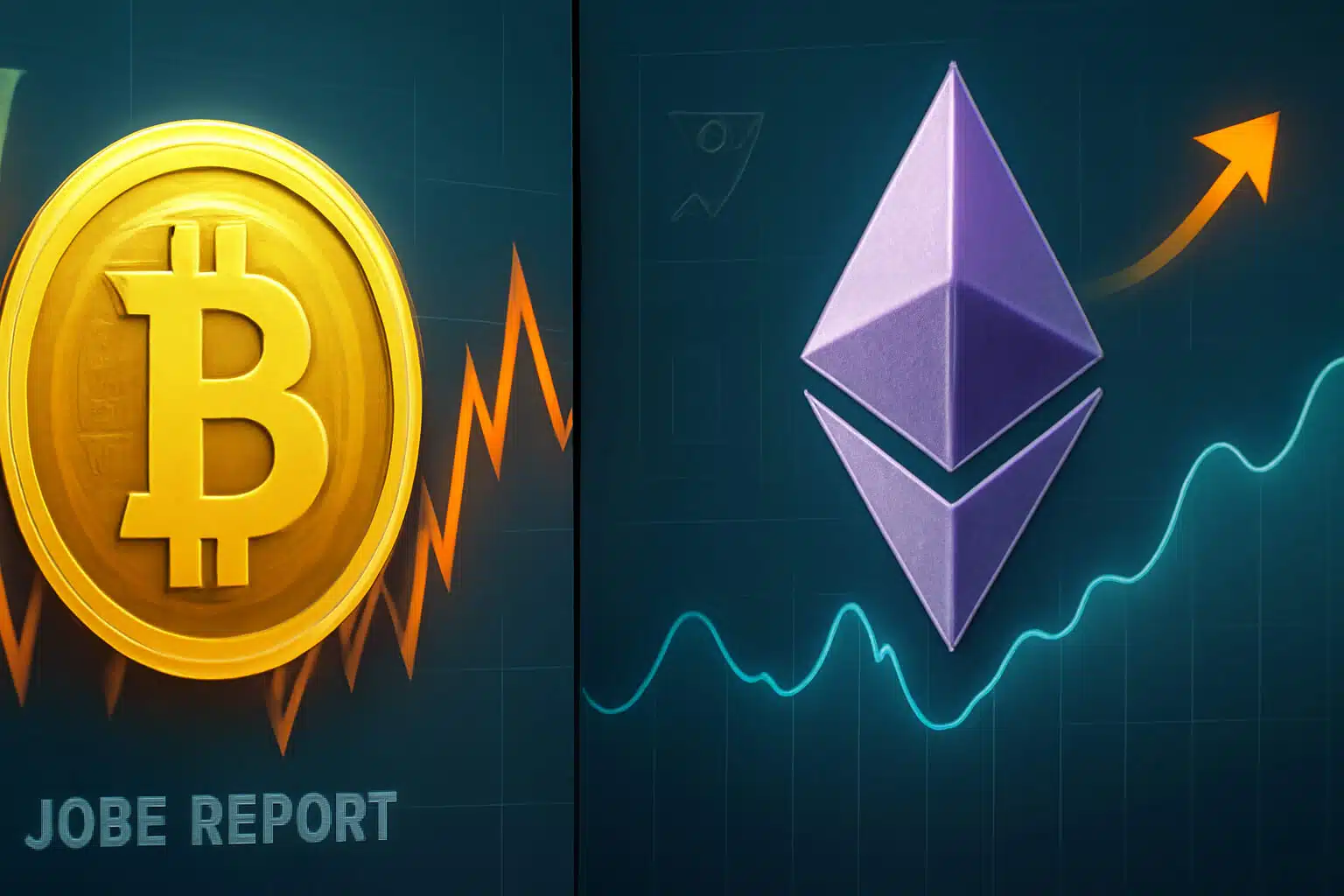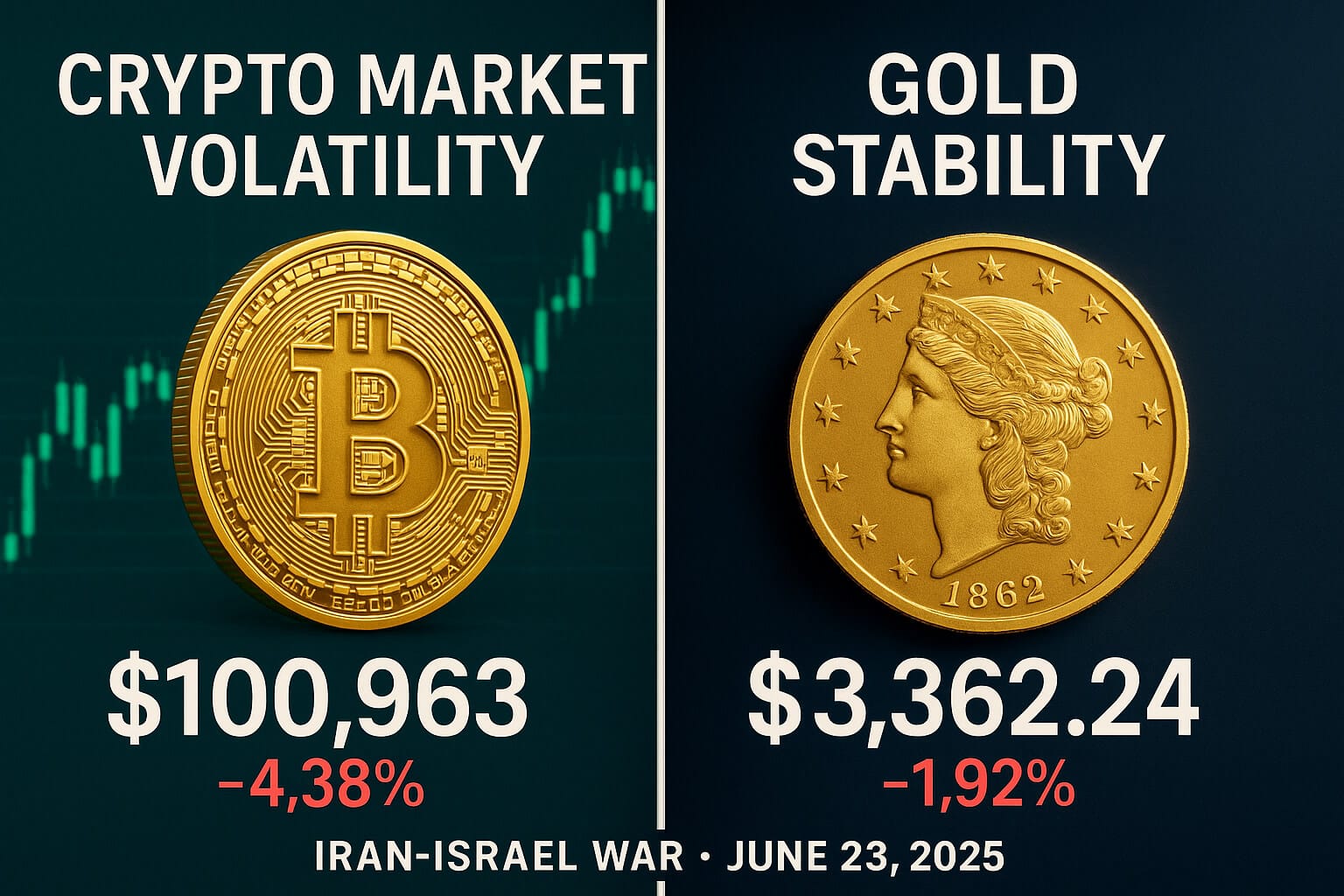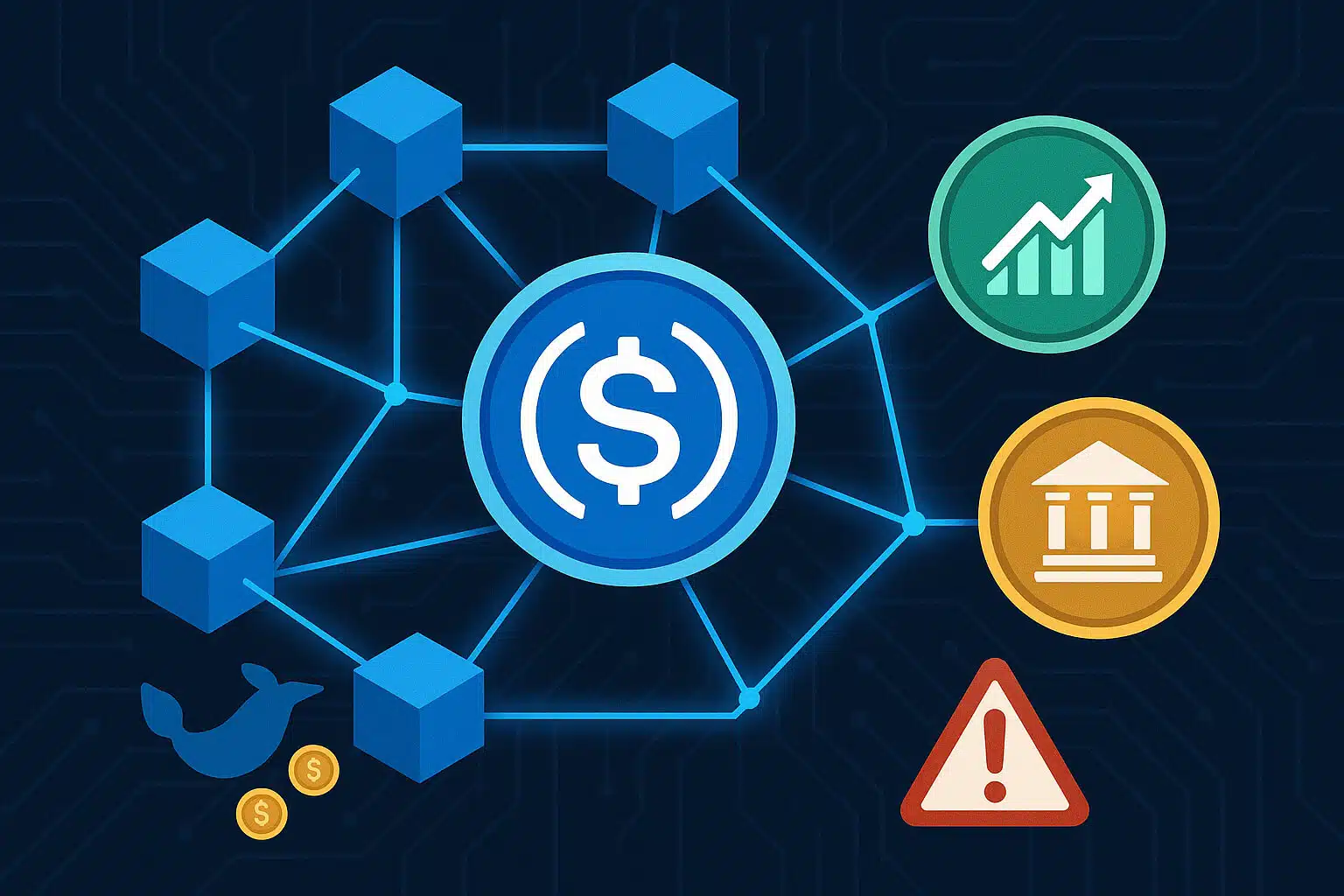1. Introduction: The Evolving World of Cryptocurrencies
Cryptocurrencies have revolutionized the financial landscape, offering a decentralized and borderless form of digital currency. As this market has grown, it has diversified into various types of digital assets, including stablecoins and traditional cryptocurrencies. While both fall under the broad category of cryptocurrencies, they serve different purposes and appeal to different types of users. This guide will provide a detailed comparison of stablecoins and traditional cryptocurrencies, exploring their unique features, use cases, and potential impacts on the broader financial ecosystem.
Why Compare Stablecoins and Traditional Cryptocurrencies?
Understanding the differences between stablecoins and traditional cryptocurrencies is crucial for making informed decisions about which type of digital asset to use or invest in. Each offers distinct advantages and challenges depending on your financial goals and risk tolerance.
2. What Are Stablecoins?
Stablecoins are a type of cryptocurrency designed to maintain a stable value by being pegged to a reserve of assets, such as fiat currency, commodities, or other cryptocurrencies. Unlike traditional cryptocurrencies, which are known for their volatility, stablecoins aim to offer the benefits of digital currency while minimizing price fluctuations.
- Key Characteristics of Stablecoins:
- Price Stability: Stablecoins maintain a stable value by being pegged to a reserve asset, often in a 1:1 ratio.
- Backing Assets: They can be backed by fiat currency (like the US dollar), commodities (such as gold), or a basket of other cryptocurrencies.
- Types of Stablecoins: There are three main types of stablecoins:
- Fiat-Collateralized: Backed by a reserve of fiat currency.
- Crypto-Collateralized: Backed by a reserve of other cryptocurrencies.
- Algorithmic (Non-Collateralized): Use algorithms to control supply and demand, stabilizing their value.
2.1 Popular Examples of Stablecoins
- Tether (USDT):
- The most widely used stablecoin, pegged 1:1 to the US dollar. It is often used as a digital equivalent of the dollar in cryptocurrency trading.
- USD Coin (USDC):
- Another popular USD-pegged stablecoin, known for its transparency and regular audits of its reserves.
- Dai (DAI):
- A decentralized stablecoin pegged to the US dollar, but backed by a basket of other cryptocurrencies rather than fiat.
3. What Are Traditional Cryptocurrencies?
Traditional cryptocurrencies, such as Bitcoin and Ethereum, are digital currencies that operate on decentralized networks using blockchain technology. Unlike stablecoins, traditional cryptocurrencies are not pegged to any reserve asset, making them subject to market-driven price fluctuations.
- Key Characteristics of Traditional Cryptocurrencies:
- Volatility: Prices are determined by supply and demand in the market, leading to significant price fluctuations.
- Decentralization: Traditional cryptocurrencies operate on decentralized networks, free from control by any central authority.
- Store of Value: Some traditional cryptocurrencies, like Bitcoin, are considered a store of value, often compared to digital gold.
3.1 Popular Examples of Traditional Cryptocurrencies
- Bitcoin (BTC):
- The first and most well-known cryptocurrency, often referred to as digital gold. It is highly volatile but has seen substantial price appreciation over time.
- Ethereum (ETH):
- A leading cryptocurrency known for its smart contract functionality, which enables decentralized applications (dApps) and decentralized finance (DeFi) platforms.
- Ripple (XRP):
- A digital payment protocol that focuses on fast and low-cost international money transfers, often used by financial institutions.
4. Key Differences Between Stablecoins and Traditional Cryptocurrencies
While both stablecoins and traditional cryptocurrencies are forms of digital assets, they differ significantly in terms of stability, use cases, and user appeal.
4.1 Stability
- Stablecoins:
- Designed to minimize volatility by pegging their value to a stable asset, making them more predictable and suitable for transactions and savings.
- Traditional Cryptocurrencies:
- Known for their high volatility, which can lead to significant gains or losses. This volatility makes them less predictable but potentially more profitable for speculative investment.
4.2 Use Cases
- Stablecoins:
- Payments: Ideal for everyday transactions due to their stable value.
- Savings: Can be used as a digital savings account with minimal risk of value fluctuation.
- Remittances: Useful for international money transfers, offering stability and low transaction costs.
- DeFi: Widely used in decentralized finance (DeFi) platforms for lending, borrowing, and earning interest.
- Traditional Cryptocurrencies:
- Investment: Attracts investors looking for high returns, despite the risk of volatility.
- Store of Value: Cryptocurrencies like Bitcoin are often used as a hedge against inflation and as a digital alternative to gold.
- Innovation: Supports the development of blockchain-based applications, particularly through platforms like Ethereum.
4.3 Market Impact
- Stablecoins:
- Often used as a bridge between traditional finance and the cryptocurrency market, providing liquidity and stability. Their increasing adoption could lead to more widespread use of digital currencies in everyday transactions.
- Traditional Cryptocurrencies:
- Drive innovation in the blockchain space, influencing the development of new technologies and financial systems. Their volatility, however, can also contribute to market instability.
5. Advantages and Disadvantages of Stablecoins
5.1 Advantages
- Stability: Their pegged value makes them less risky and more predictable, suitable for transactions and savings.
- Utility in DeFi: They are integral to decentralized finance platforms, enabling lending, borrowing, and earning interest without exposure to volatility.
- Ease of Use: They can easily be converted to and from traditional fiat currencies, facilitating smooth transactions.
5.2 Disadvantages
- Centralization Risks: Many stablecoins, particularly fiat-collateralized ones, rely on centralized entities to maintain their reserves, which introduces counterparty risk.
- Regulatory Scrutiny: Governments are increasingly scrutinizing stablecoins, which could lead to tighter regulations and impact their use.
6. Advantages and Disadvantages of Traditional Cryptocurrencies
6.1 Advantages
- High Potential Returns: The volatility of traditional cryptocurrencies can lead to substantial price appreciation.
- Decentralization: Operate independently of central authorities, offering greater financial freedom.
- Innovation and Development: They support a wide range of blockchain applications, from smart contracts to decentralized applications.
6.2 Disadvantages
- Volatility: The price fluctuations can result in significant losses, making them unsuitable for all investors.
- Regulatory Uncertainty: Governments around the world are still figuring out how to regulate cryptocurrencies, leading to potential legal risks.
7. Choosing Between Stablecoins and Traditional Cryptocurrencies
The choice between stablecoins and traditional cryptocurrencies depends on your financial goals and risk tolerance. If you prioritize stability and want to use digital assets for everyday transactions or savings, stablecoins may be the better option. However, if you’re looking to invest in digital assets with the potential for high returns and are willing to accept the associated risks, traditional cryptocurrencies like Bitcoin or Ethereum might be more appealing.
Conclusion: Navigating the Crypto Landscape
Both stablecoins and traditional cryptocurrencies play crucial roles in the evolving digital economy. Understanding their differences, including stability, use cases, and market impact, will help you make informed decisions based on your needs and risk appetite. Whether you’re looking for a stable digital asset for transactions or a volatile investment with high potential returns, the cryptocurrency landscape offers options to suit a variety of financial strategies.
For more insights and detailed comparisons of digital assets, explore our Cryptocurrency Guides section.
Stay Updated
For the latest updates on cryptocurrencies and market trends, follow us on:
Stay informed with the latest strategies and insights in the world of cryptocurrency at FreeCoins24.io.
Special Offer
Looking to invest in stablecoins or traditional cryptocurrencies? Sign up on Bybit today and take advantage of up to $30,000 in deposit bonuses. Start your crypto journey with a trusted platform.







